History binds two very different towns
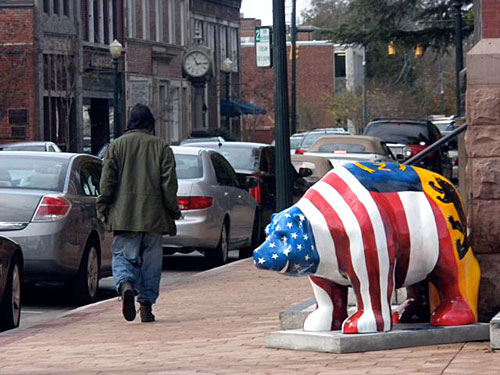
Bern is so popular in the United States that there are many American versions and different spellings: Bern, Berne, Bernstadt and New Bern.
And just to add to the confusion – New Bern is actually the oldest. swissinfo.ch paid a visit to the North Carolina town, which is celebrating its 300th birthday in 2010.
The town, at the confluence of the Neuse and Trent rivers, was founded in 1710 by the Swiss, Christophe de Graffenried. It is only one of numerous places in the US that Swiss immigrants named after the capital of their homeland.
The road east from the North Carolina capital, Raleigh, crosses a wide plain. You know you are getting close when “Beware of Bears” signs start appearing at the roadside.
“Yes,” historian Nelson McDaniel tells swissinfo.ch. “There are bears that roam wild here.” But it’s rare, he adds, for one of the omnivores to enter the city limits.
Like in many other small towns out in the sticks, everything seems to take place in New Bern at a leisurely pace, even when compared with its Swiss mother city, where residents are the butt of jokes made by other Swiss for their traditional slowness.
It is so quiet in the evening in New Bern’s historic downtown that it is easy to get the impression that the sidewalks are rolled up early here.
What else do the two Berns have in common? Like the old part of the Swiss capital, New Bern is surrounded on three sides by water.
Have and have not
What New Bern doesn’t have are old Bern’s hills. And architecturally, there are wide streets instead of covered arcades, and many of the old houses are made of wood not stone. Brick buildings like the city hall with its imposing clock tower remind one more of Basel than the sandstone structures of Bern.
It is also remarkable how many churches there are in a town with only 28,000 inhabitants.
The town’s flag – displaying a black bear on a yellow and red background just like Bern’s – is often flown from houses alongside the Stars and Stripes.
The first bear flag, now hung in the city hall, was a gift from old Bern in 1896.
The bruin also appears on the local administration’s fleet of vehicles as well as the uniforms of its employees including the police force. “Proud To Wear The Bear” is painted on the cars of New Bern’s finest.
Small town USA
Outside the historic centre, New Bern is typical for small town USA – widely dispersed suburbs, whether consisting of single family homes – both large and small, community housing or mobile home parks.
And then there are the shopping malls along the main roads.
But it is surprising there are any similarities at all when one considers that most of the first settlers, with many Swiss among them, were wiped out in the Indian wars. De Graffenried himself returned to Switzerland only three years after founding the place.
It was the English settlers following on their heels who built the town’s harbour. The British governor, William Tryon, built a palace in New Bern in the late 1760s and made it the capital of the colony of North Carolina.
Revolutionary
People from the town played an active role in the American revolution, and New Bern became the state capital following independence.
Tryon’s palace burnt down in 1790 and was not reconstructed until the 1950s. It is now a museum.
During the Civil War, New Bern was taken over by Union soldiers. “In hindsight, that was the best thing that could have happened. Otherwise, the city would likely have been burnt to the ground,” says local writer, Bill Hand, an expert on local history.
Citizens of New Bern are not only proud of their bear, but to live in a city that had the state’s first printing press, which meant that North Carolina’s first newspaper and book were produced here.
New Bern also boasted North Carolina’s first public financial institution, first fire department as well as first Roman Catholic church and parish, and first public school for African Americans.
The city’s black community is also directly involved in organising the jubilee events, to reflect the contributions of African Americans to the city’s development over the centuries.
Rita Emch in New Bern, swissinfo.ch (adapted from German by Dale Bechtel)
Christophe de Graffenried was born in his ancestral village of Worb in 1661 and died there in 1743. His father, Anton, was Lord of Worb and a minor government official.
De Graffenried studied at the universities of Heidelberg and Leyden. During his travels to London, he met the Duke of Albemarle and other Lords Proprietors of Carolina.
Back in Switzerland, he met a Swiss explorer, Franz Ludwig Michel, who persuaded him to join and invest in a company that proposed to mine American silver deposits and to settle Swiss and Swiss Anabaptists in Pennsylvania or Virginia.
The company broadened its plans to settle colonists in Carolina and to include among them many Palatines.
The company purchased from the Lords Proprietors nearly 19,000 acres of land on the Neuse and Trent rivers, including the future site of New Bern, and on the White Oak River, which de Graffenried called by the Indian name of Weetock.
The coat of arms of New Bern looks identical to Bern’s except the bear’s red penis is missing in the American version. The reason often cited is that Bern has the papa bear and New Bern the mama bear, and so it has nothing to do with American Puritanism.
New Bern was the birthplace of Pepsi Cola, which was first introduced as “Brad’s Drink” in 1898 by Caleb Bradham, who made it at his pharmacy.
It was later given its current name, possibly due to the digestive enzyme pepsin and kola nuts used in the recipe.
In 1903, Bradham moved the bottling of Pepsi-Cola from his drugstore to a rented warehouse. That year, Bradham sold 7,968 gallons of syrup. The next year, sales increased to 19,848 gallons.

In compliance with the JTI standards
More: SWI swissinfo.ch certified by the Journalism Trust Initiative

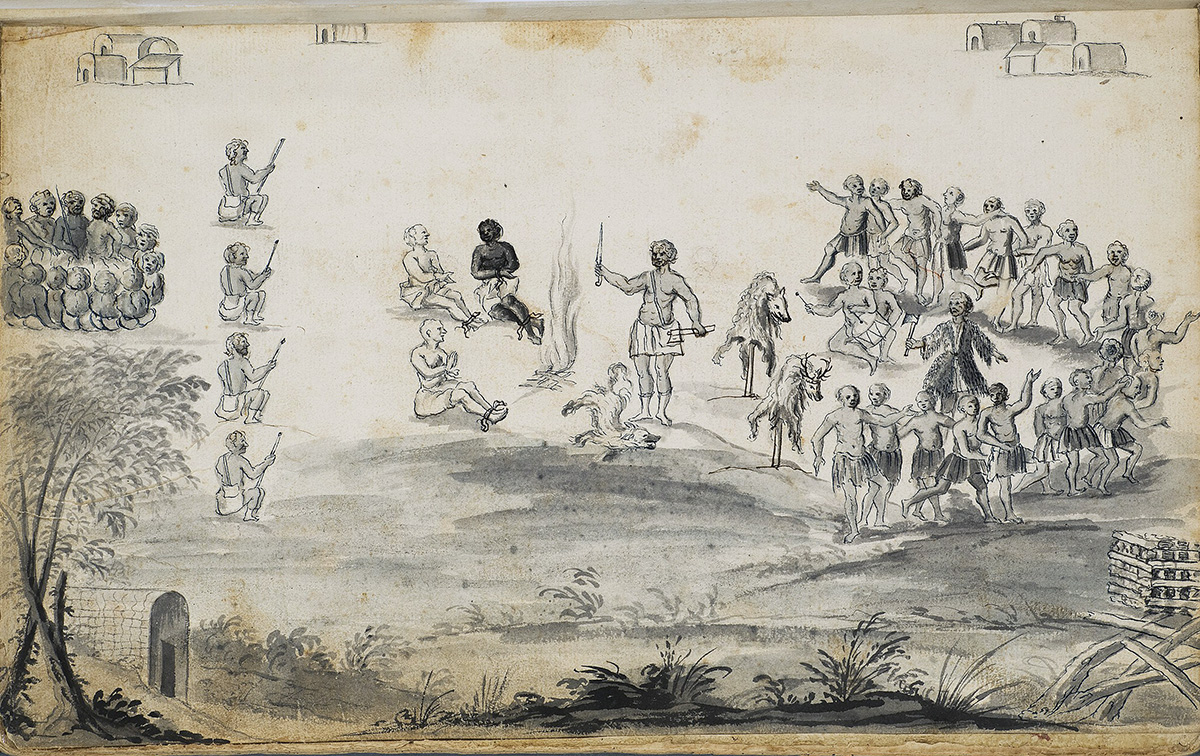
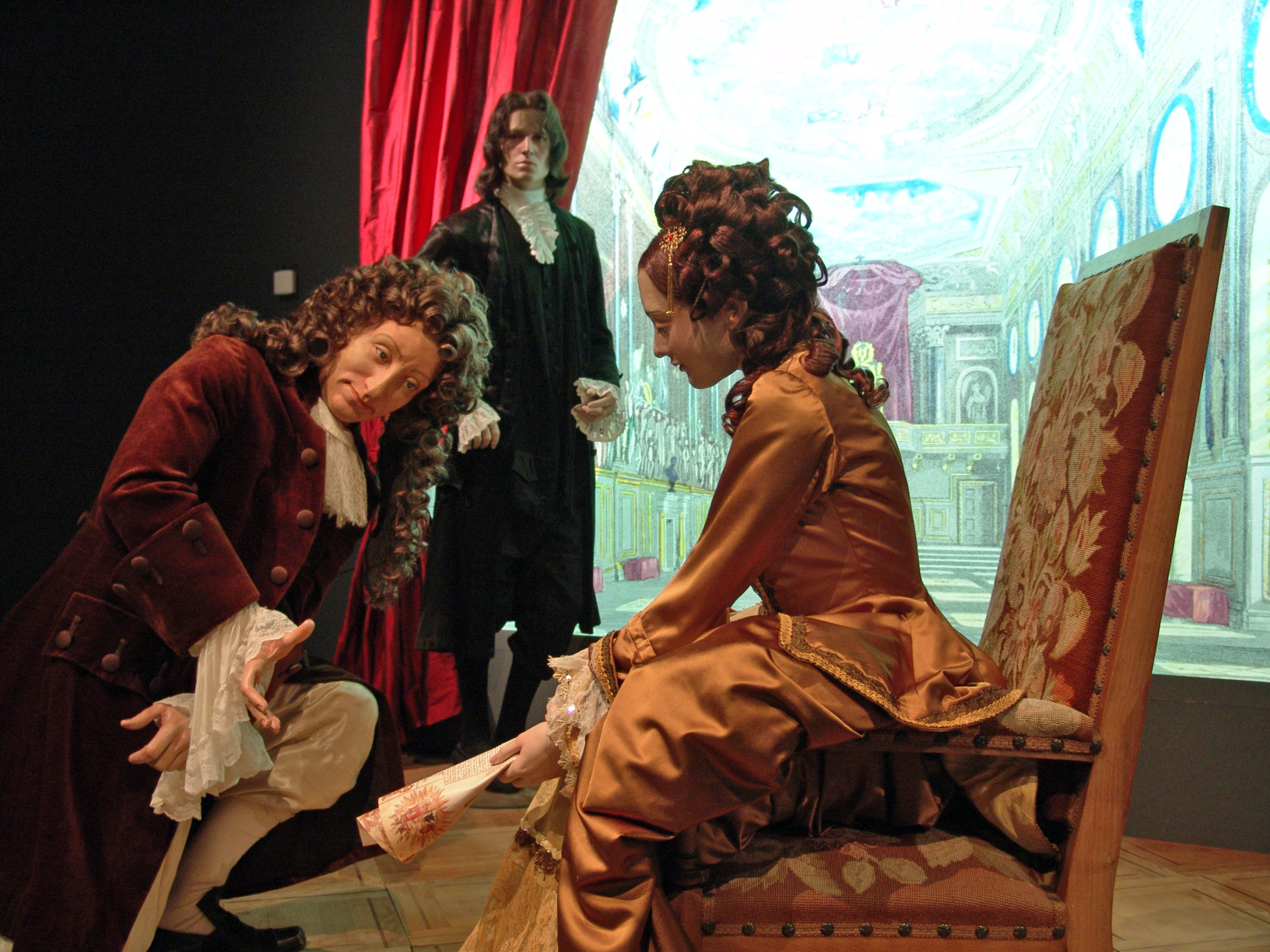
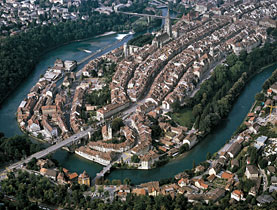
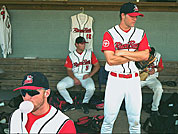
You can find an overview of ongoing debates with our journalists here. Please join us!
If you want to start a conversation about a topic raised in this article or want to report factual errors, email us at english@swissinfo.ch.